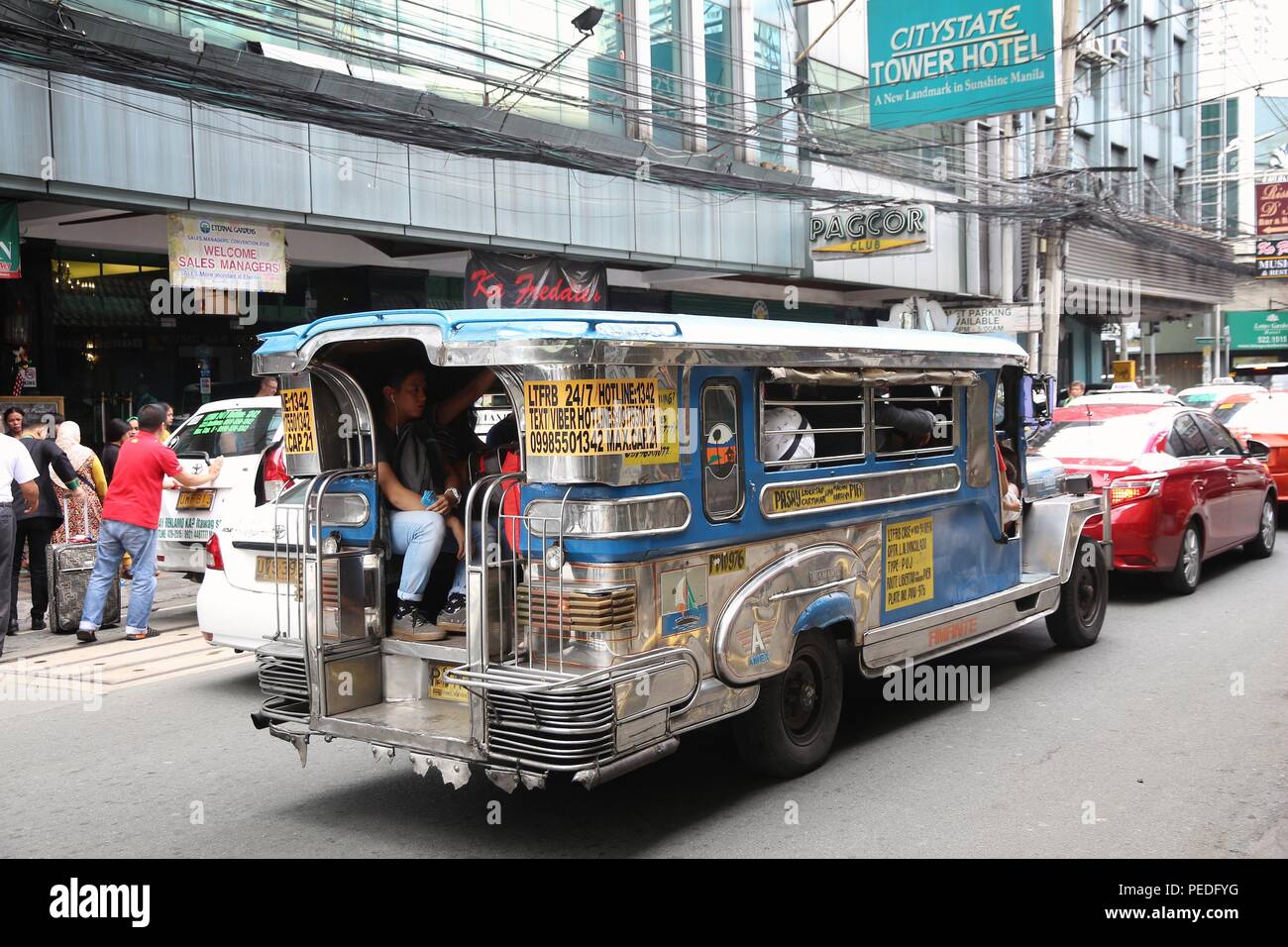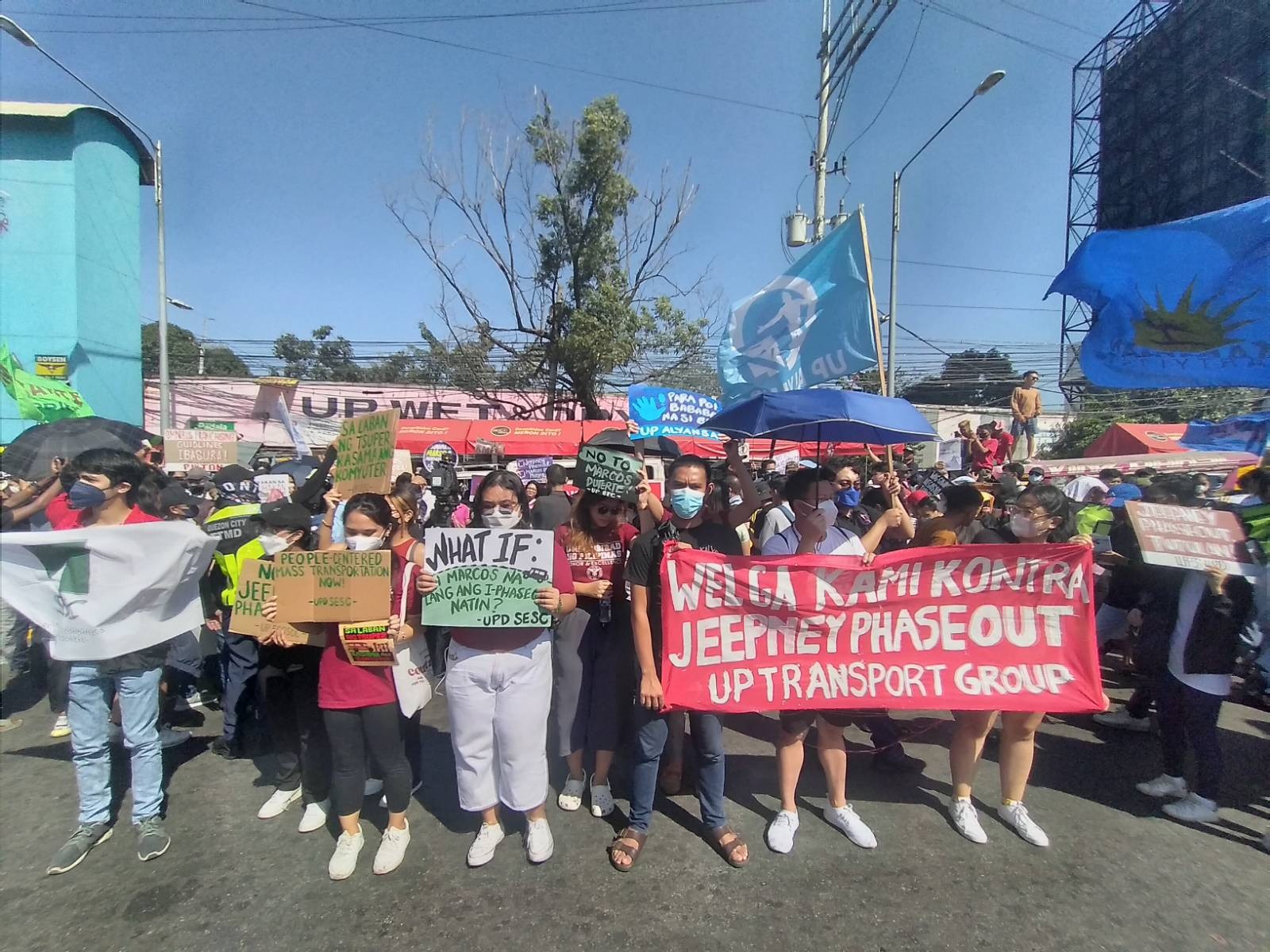Maximize Exposure with Transit Advertising Philippines
Maximize Exposure with Transit Advertising Philippines
Blog Article
Comprehending the Function of Transportation Advertising in Enhancing Brand Name Visibility and Consumer Engagement
Transportation advertising has become an essential element in the advertising landscape, offering one-of-a-kind chances for brand names to boost their presence and engage consumers effectively. With the ability to reach a restricted and varied target market throughout their everyday commutes, these marketing techniques are not merely concerning exposure; they have to do with developing significant links with prospective clients. As we discover the diverse advantages and innovative approaches within transportation marketing, it becomes necessary to take into consideration just how these components jointly affect customer perception and actions, questioning regarding their long-lasting effect on brand loyalty.
Definition of Transit Advertising
Transportation advertising and marketing refers to the practice of promoting items, solutions, or brand names through promotions placed in and around public transport systems. This form of marketing includes a range of placements, including posters on trains and buses, digital displays at transit stations, and covers on the exterior of lorries. It intends to get to a varied target market, exploiting on the high foot web traffic related to public transit.
Transit marketing is purposefully placed to record the focus of commuters, who often invest significant time traveling or waiting. By integrating promotions into the day-to-day regimens of individuals, brands can produce a long lasting perception and foster brand acknowledgment. The medium is specifically reliable in metropolitan settings, where mass transit is a key setting of traveling.
Additionally, transit advertising can facilitate local targeting, enabling organizations to reach certain demographics based upon transit courses and station locations. As city populations expand and the usage of public transportation boosts, this marketing method has actually acquired prominence as a vital component of incorporated marketing methods. The vibrant nature of transit marketing, integrated with its capability to involve consumers in a restricted setting, emphasizes its value in contemporary advertising and marketing techniques.
Advantages of Transportation Advertising And Marketing
The efficiency of transit advertising and marketing lies in its capacity to supply a plethora of advantages to brand names seeking to enhance visibility and involvement. Among the key benefits is the considerable reach it supplies; transportation ads can effectively target diverse demographics across metropolitan areas, getting to both pedestrians and commuters alike. This wide exposure substantially enhances brand recognition.
Another benefit is the high regularity of impressions. As transportation vehicles follow recognized paths and quit at numerous places, they create repeated direct exposure that strengthens brand name messages. This regularity fosters knowledge, which is crucial in consumer decision-making.
Transit marketing is additionally cost-efficient compared to various other media platforms. Offered its expansive reach and possibility for high impressions, brands frequently experience a reduced price per thousand impressions (CPM), maximizing their advertising and marketing budget.
Furthermore, transportation ads can develop a sense of area link. By aligning with local transportation systems, brands can resonate with regional target markets and foster a sense of local satisfaction. This local strategy enhances brand name loyalty and engagement, making transit advertising a compelling option for services intending to strengthen their visibility in the market.

Reliable Strategies for Transit Projects
To make best use of the influence of transportation campaigns, brand names ought to leverage calculated planning and execution tailored to their target market. Initially, identifying the market characteristics of the audience using public transit is essential. This allows brand names to produce customized messaging that resonates with prospective customers.
Following, choosing the best transportation tools is important. Whether utilizing bus covers, subway posters, or digital displays, each tool has unique benefits that can enhance exposure. For instance, vivid visuals on bus wraps can draw in attention, while digital ads can be upgraded regularly to reflect timely promos.
In addition, integrating a cohesive branding technique across transit platforms guarantees consistency and enhances the brand's identification. Making use of memorable taglines and distinctive layouts you could look here will certainly reinforce brand recall among commuters.
Lastly, timing is a vital consider carrying out successful transit campaigns. Launching campaigns during top travel hours or neighborhood occasions can significantly boost presence and interaction. By employing these approaches, brands can successfully harness the possibility of transit advertising, promoting higher understanding and connection with their target market. Ultimately, a well-executed transit campaign can drive substantial growth in brand exposure and consumer involvement.

Gauging Impact and Interaction
In assessing the performance of transit marketing campaigns, exact dimension of effect and involvement is essential for brands looking for to enhance their advertising and marketing strategies. Metrics such as reach, regularity, and impacts offer foundational information to analyze visibility. Analyzing these elements aids figure out exactly how several potential clients are exposed to the ads during their day-to-day commutes.
Involvement can be more assessed with customer interactions, such as web site traffic, social networks discusses, and direct responses to calls-to-action featured in the advertisements. Using devices like QR codes or one-of-a-kind Links can promote monitoring of consumer actions straight connected to transportation projects. Studies and feedback systems also work as useful methods to collect qualitative information on customer understandings and recall of the ad.
Moreover, progressed analytics and attribution models can associate transit exposure with succeeding acquiring habits, providing understandings into the roi. By employing an extensive strategy that integrates qualitative and measurable steps, brand names can develop a nuanced understanding of their transit advertising and marketing influence. Ultimately, this data-driven method enables brand names to improve their projects, guaranteeing they resonate effectively with target market and enhance general brand name visibility.
Situation Studies of Effective Projects
Successful transit marketing projects work as engaging examples of just how effective methods can raise brand visibility and engagement. Transit Advertising Philippines. One remarkable instance is the "I Love New York" project, which transformed the city's image and drew in countless vacationers. By using metro ads, signboards, and bus wraps, the campaign developed a solid, cohesive brand identity, resulting in a considerable uptick in tourism and local organization patronage
One more exemplary campaign is Coca-Cola's "Share a Coke" effort, which leveraged transportation advertising and marketing to customize the brand experience. By featuring preferred names on promotional products throughout numerous transit systems, Coca-Cola fostered a much deeper psychological connection with customers, urging them helpful hints to share their experiences on social media.
Additionally, the "Got Milk?" project effectively made use of mass transit advertisements to reach a wide audience, enhancing the message of the relevance of milk in a well balanced diet. The campaign saw a measurable increase in milk consumption in target demographics.
These situation research you could try here studies show that when carried out attentively, transportation marketing can dramatically enhance brand exposure, foster consumer involvement, and drive quantifiable outcomes, showing its essential role in modern advertising and marketing methods. - Transit Advertising Philippines
Conclusion
In verdict, transit advertising and marketing works as a vital tool for improving brand name exposure and cultivating consumer involvement. By using strategically put ads within public transport systems, brands can successfully reach varied target markets and reinforce recognition via regular exposure. The application of targeted messaging and ingenious techniques better intensifies the influence of transportation projects. Inevitably, the capacity to gauge interaction and examine effective case research studies highlights the efficiency of transit marketing in driving brand name loyalty and customer communications.
Transportation advertising has emerged as a crucial aspect in the advertising landscape, supplying special opportunities for brand names to boost their presence and engage customers effectively.In addition, transportation marketing can facilitate localized targeting, enabling services to get to details demographics based on transportation paths and terminal areas.In assessing the performance of transportation advertising projects, exact measurement of effect and engagement is necessary for brand names looking for to optimize their advertising strategies.Effective transit marketing projects serve as engaging instances of exactly how reliable approaches can raise brand visibility and involvement.In conclusion, transportation advertising and marketing offers as an essential tool for boosting brand name visibility and cultivating customer interaction.
Report this page